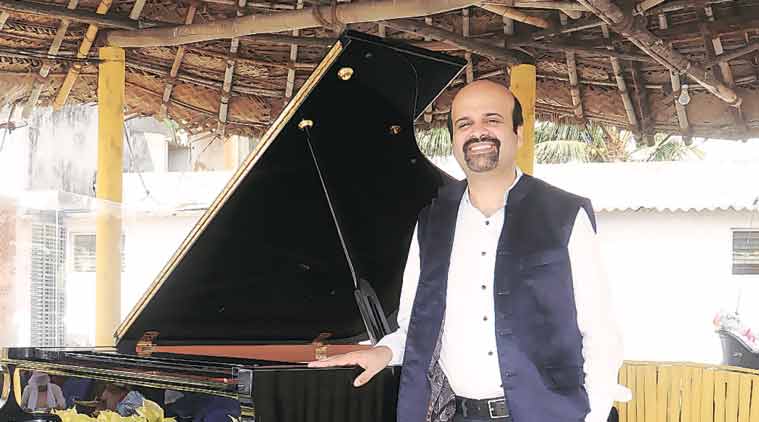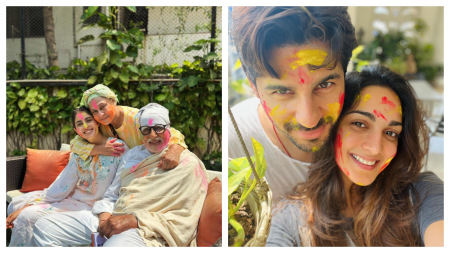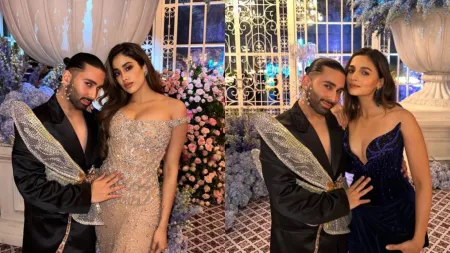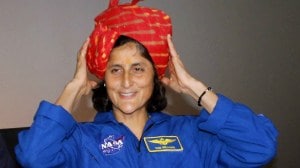- India
- International
Anil Srinivasan and the sound unbound
Pianist Anil Srinivasan, who performed in Delhi this week, on straddling Carnatic classical with Bach and never melding the two
 Pianist Anil Srinivasan
Pianist Anil SrinivasanAt the Stein Auditorium on Tuesday evening, 38-year-old Anil Srinivasan sat at a glistening grand piano and created a variety of symphonic dances. Riding on swift tempos, Debussy’s famous Serenade of the Doll flowed into a Carnatic classical thillana through a collection of notes, while children played on a screen on the side. The two pieces met, cajoled each other for a bit, found their pinnacle and went their own way. Never did they become one.
Soon, one heard a tribute to popular music: Khayyam’s Kabhi kabhi mere dil mein in raag Yaman flowed into Chhoo kar mere man ko, and then with much panache, into a jazz piece. He concluded the act with a Bach piece. The long lines were contemplative and gripping, but only for a very small number of people who attended the concert. Surprising, because the quality of music one heard was quite unique.
[related-post]
“Things keep evolving. But for that, you’ve got to go back to the drawing board, restructure, recompose, recraft and reconfigure. It’s not just about taking a raag and presenting it on a piano. One has to understand the context and story of that raag and present it in accordance with the strengths and limitations of the instrument. There is no reason to change, for example, a Bach piece that has already been practised over for years and reached a fine point of clarity. I enjoy tapas, curd rice and Tex-Mex. Doesn’t mean I have to mix them and eat,” says Srinivasan, who is a purist when it comes to blending Carnatic with western classical music. “For me, music is a dramatic art form. It’s not something sedate. I have a very active equation with music,” he adds.
But growing up in Chennai and waking up to MS Subbulakshmi’s Suprabhatam everyday, Carnatic music formed an integral element of his life. With parents who were trained in classical music and organised regular kutcheris, it was hard to not be swept into it all, despite playing the piano since the age of three. “There was this rich heritage I was growing up in, and it was beautiful,” says Srinivasan, perhaps the only artiste who walked into iconic musician Semmangudi Srinivasa Iyer’s house to learn the basics of piano, while others there were trying to master the virtuosity of taanams and krithis.
A meeting with legendary violinist Lalgudi Jayaraman changed his life. “Piano opened a world of possibilities but my parents wanted me to get back to more traditional classical music. Lalgudi ji told my mother to not take away the instrument. In fact, he taught me a couple of thillanas I could play on it,” says Srinivasan, who found himself in New York at the age of 22, pursuing a Phd in Information Processing. The city opened ample opportunities for him to learn music. His apartment became home to his friends and musicians U Srinivas and Aruna Sairam, among others, with whom he began collaborating. “I watched concerts, got on the stage, and learnt a lot,” says Srinivasan, who also collaborated with John Mclaughlin while in the US.

His new album Touch is an effort to amalgamate “what we experience but do it in a style that doesn’t exoticise piano as an instrument”. He believes one should not sit on a higher pedestal and criticise a certain kind of music because it’s popular. “There is no hierarchy in music, no right or wrong form. Everything is raw material. How you stylise it and present it on stage is a reflection of your skill,” he adds.
Photos
Apr 25: Latest News
- 01
- 02
- 03
- 04
- 05









































